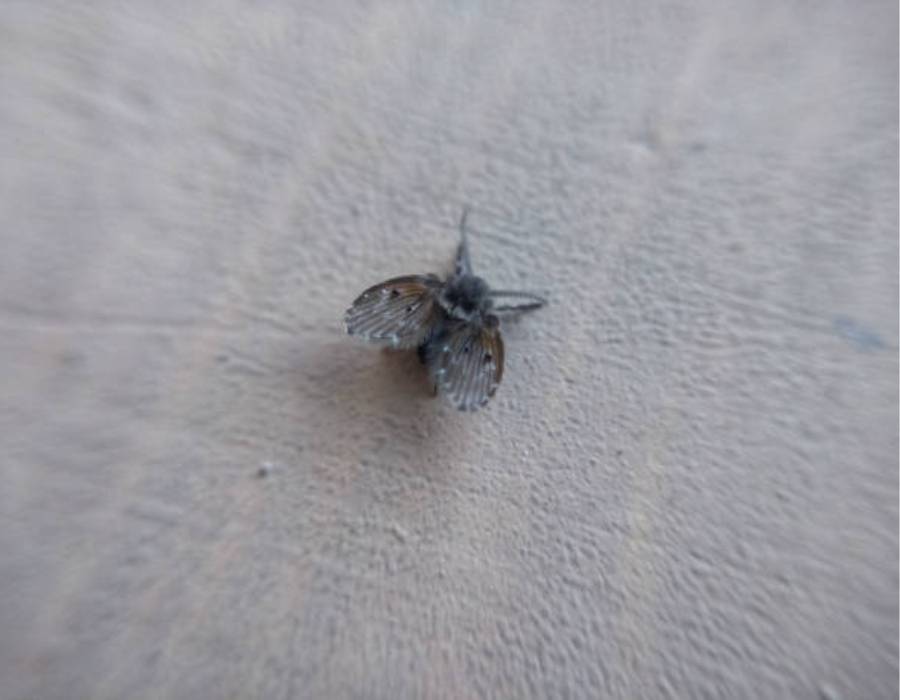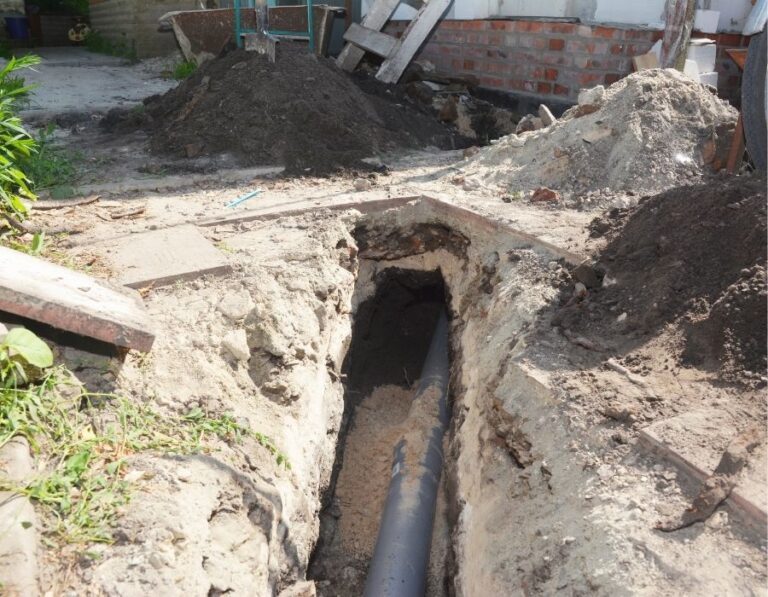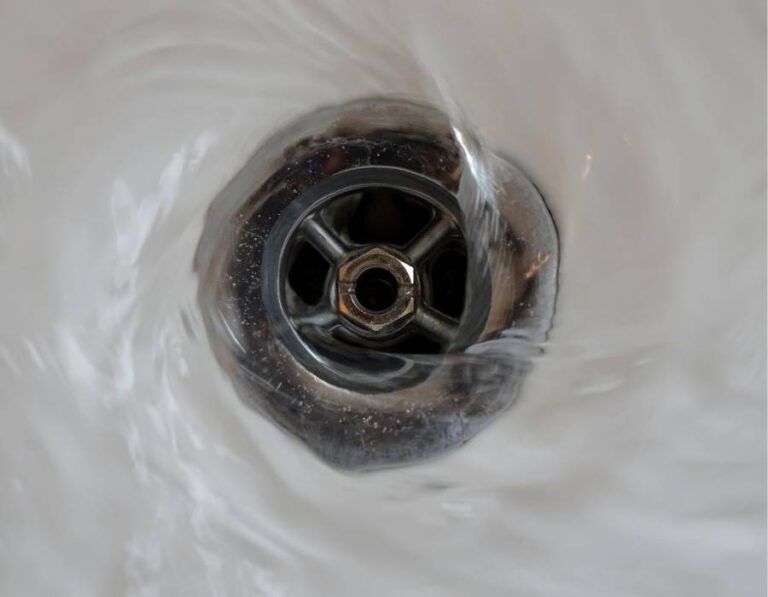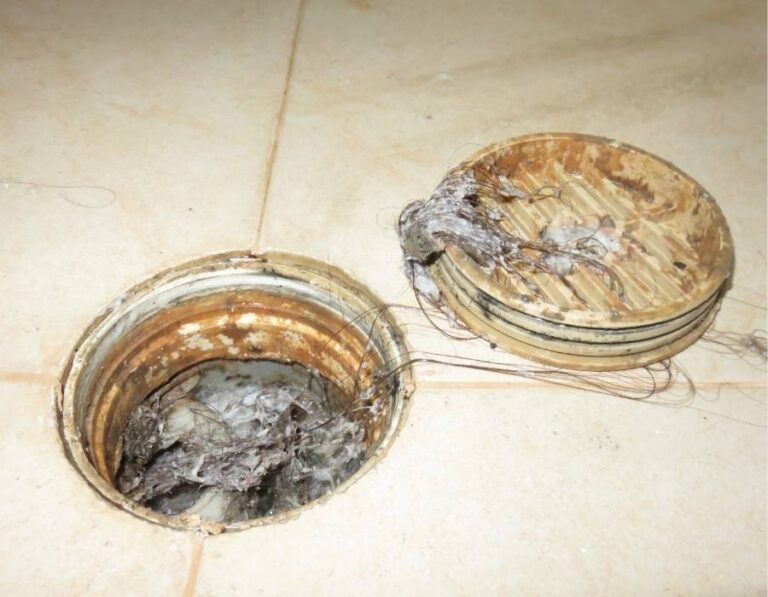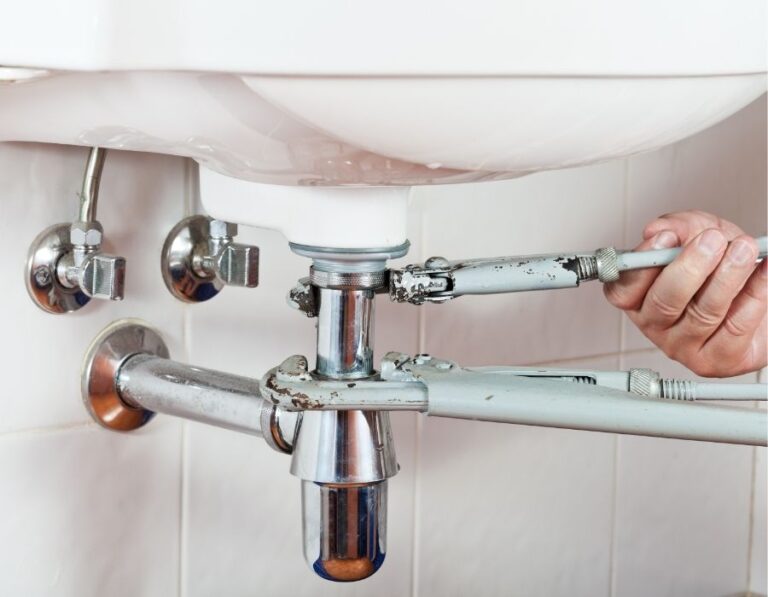Drain Flies: Tiny Pests That Point to Bigger Plumbing Issues
Have you ever noticed tiny, moth-like insects hovering near your sink, shower, or basement drain? Those small pests are drain flies—and while they might seem harmless, they’re often a red flag that your plumbing system has deeper problems. In fact, their presence could signal hidden clogs, sewer line damage, or stagnant water issues that require immediate attention.
This article explains everything you need to know about drain flies, including what causes them, why they’re a warning sign, and how to get rid of them for good. By the end, you’ll know not only how to eliminate the pests but also how to protect your plumbing system from the bigger problems they reveal.
Why Drain Flies Appear in Homes
Drain flies, also known as sewer gnats or moth flies, thrive in moist environments rich with organic buildup. Their larvae live and breed in the slimy film that develops inside drains, pipes, and septic tanks. If you’re spotting these pests, it means your drains may be harboring decaying organic matter or stagnant water—perfect breeding grounds for infestations.
Key Triggers for Drain Flies
- Clogged or Slow Drains – Build-up of food waste, grease, or soap scum creates ideal conditions.
- Hidden Leaks – Moisture under floors or behind walls encourages fly breeding.
- Sewer Line Damage – Cracks or blockages in sewer lines provide prime habitats.
- Rarely Used Drains – Standing water in infrequently used drains invites pests.
The Truth About Drain Flies and Your Health
At first glance, drain flies may seem harmless—after all, they don’t bite or sting. But their presence is tied to decaying organic matter inside drains, which makes them more than just a nuisance. As they breed and feed in these damp environments, they can pick up bacteria and spread it to nearby surfaces, creating potential hygiene issues in your kitchen, bathroom, or anywhere they gather.
When infestations grow, the problem goes beyond cleanliness. Large numbers of drain flies can trigger or worsen allergy and asthma symptoms, especially in sensitive individuals. That’s why addressing them quickly is key: eliminating their breeding grounds not only helps restore comfort but also protects your household from unnecessary health risks.
When Drain Flies Signal a Bigger Plumbing Problem
A few drain flies here and there are usually tied to buildup in your sinks or shower drains—but if they keep coming back after you’ve cleaned thoroughly, it’s often a red flag of something more serious. Persistent infestations can point to hidden issues like cracks in your sewer line or slow leaks that create the perfect breeding ground deep within your plumbing system.
These problems won’t resolve on their own and can quickly escalate into costly repairs if ignored. That’s why a professional plumbing inspection is essential when DIY cleaning doesn’t solve the issue. By identifying the root cause early, you can protect your home from water damage, avoid worsening infestations, and restore peace of mind knowing your plumbing is in good shape.
Why Chemical Drain Cleaners Won’t Solve Your Drain Fly Problem
It’s tempting to reach for a chemical drain cleaner when drain flies appear, but these products offer only a quick, temporary fix. While harsh chemicals may kill off some larvae, they do little to address the real cause—layers of organic buildup inside your pipes or hidden plumbing damage that provides the perfect breeding ground.
Over time, relying on chemicals can even corrode your pipes, creating bigger headaches down the line. The only lasting solution is to tackle the source directly through mechanical cleaning, thorough drain maintenance, or professional repairs. By addressing the buildup or damage instead of masking it, you’ll not only eliminate drain flies but also protect the health and longevity of your plumbing system.
Quick and Effective Ways to Eliminate Drain Flies
When drain flies show up, the fastest way to get rid of them is by combining a few powerful methods rather than relying on a single fix. Since these pests thrive in the slimy organic film inside your pipes, removing their breeding grounds is the key to lasting relief.
The most effective approach includes:
- Boiling water flushes to break down and wash away organic buildup.
- Pipe brushing to physically scrape slime and residue from drain walls.
- Professional inspection to spot hidden leaks or sewer line cracks that keep attracting flies.
Tackling both the visible pests and the root cause ensures you’ll eliminate drain flies quickly—and prevent them from coming right back.
Stop Drain Flies Before They Signal Bigger Problems
Drain flies may be tiny, but they’re powerful warning signs that something is off with your plumbing. Whether it’s clogged drains, hidden leaks, or even failing sewer lines, ignoring them can lead to bigger headaches, higher repair costs, and unnecessary health risks. Treating their appearance as more than just a nuisance allows you to catch problems early and protect the comfort and safety of your home.
Instead of relying on temporary fixes that only mask the issue, take proactive steps to safeguard your plumbing system. Clean your drains regularly, address buildup before it worsens, and schedule a professional inspection to uncover hidden damage. By acting now, you’ll not only eliminate drain flies but also keep your home’s plumbing running smoothly for the long term.

